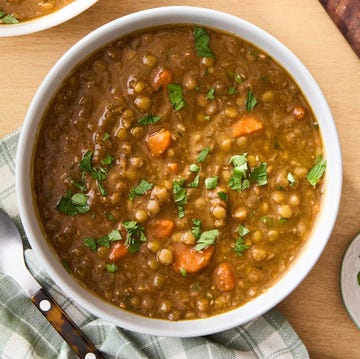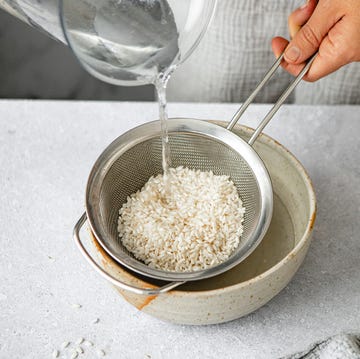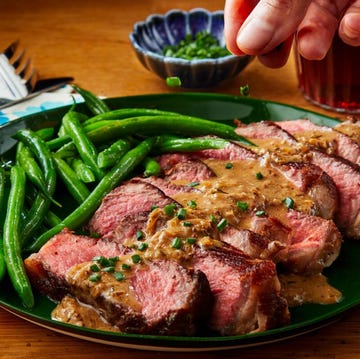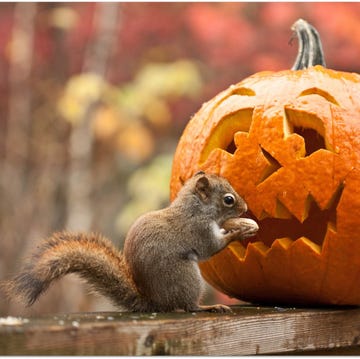There's just something about cake that makes every celebration extra special. Ree Drummond's go-to since marrying her husband Ladd has been The Best Chocolate Sheet Cake Ever, which she adapted from her mother-in-law's recipe. It will often make an appearance for family birthdays like her son Todd's and Ladd's as well. Extra butter means extra love, right?
But a homemade cake takes time. Even if you're doctoring up a boxed cake mix, you still have to bake it and cool it before frosting and letting it set before digging in. So if you know you'll be making a cake from scratch, one of the best tips for baking cakes is to work in stages. You can make the cake part well in advance since that is the most time consuming and freeze it.
Can you freeze cake and still make it taste fresh, though? The answer is yes! You just need to follow a few simple rules on how to freeze cakes properly and no one will know the difference. In fact, it is quite commonly done in bakeries and there are a few professional tips you can consider as you make cakes at home.
How to Freeze an Unfrosted Cake
First and foremost, the best way to freeze cake is unfrosted. It allows you more flexibility to fill and frost a cake, as well as decorate it. You will also have less to worry about since different parts of an assembled cake, especially a layered cake, will defrost at different rates with different results.
The best types of cake to freeze are oil-based cakes. Butter-based cakes have a higher water content which can lead to ice crystals and moisture loss (but don't worry, there's a solve for that coming up). Just make sure your layers of cake are completely cooled and out of their pans before you freeze them. Wrap each individual cake snuggly in plastic wrap and then in a layer of aluminum foil and place each in a single layer on a sheet pan to freeze until firm.
Once the cakes are completely frozen, you can remove them from the sheet pan and stack them to save storage space. Don't forget to label them with the date of freezing—they should stay fresh up to three months. This process works the same for single-layer cakes like Bundt cakes and loaf cakes. If you make a large sheet cake or a batch of cupcakes, you can actually leave them in the pan, wrap the entire thing in plastic wrap and then foil, and stash it in the freezer.
Pro tip: If you want to make sure they maintain their shape, you can place cardboard cake rounds under each layer before wrapping them. This will help them retain their shape as they defrost and give you a steady surface for decorating, serving, and storing leftovers.
How to Freeze a Frosted Cake
If you know the tradition of freezing the top layer of a wedding cake to eat for the first anniversary, you know it's possible to freeze frosted cake. However, you have to keep in mind that the texture and flavor of fillings and frostings may be compromised once defrosted.
To freeze a frosted cake or slices of cake, place them on sheet pan and freeze them solid for a few hours. Once frozen, repeat the steps of wrapping them in both plastic wrap and aluminum foil and labeling accordingly. Most cakes can be stored up to three months, though you can absolutely make an exception for that wedding anniversary cake!
How to Defrost a Frozen Cake
You can thaw cakes in two different ways: either by placing them in the refrigerator to thaw overnight or leave them to thaw at room temperature. Just remember to unstack them so they don't get squished under the weight as they defrost. Also, keep the plastic wrap on the cakes if they are unfrosted so it captures the condensation. Wet plastic wrap is better than wet cake. For frosted cakes, unwrap them entirely to defrost.
Pro tips: You can start to assemble your cake once the layers are defrosted but still cold. It's actually easier to frost and decorate a slightly cold cake than it is at room temperature! And if you are worried about having a dry cake, brush each defrosted layer with a little bit of simple syrup before frosting it to bring back its moisture.













